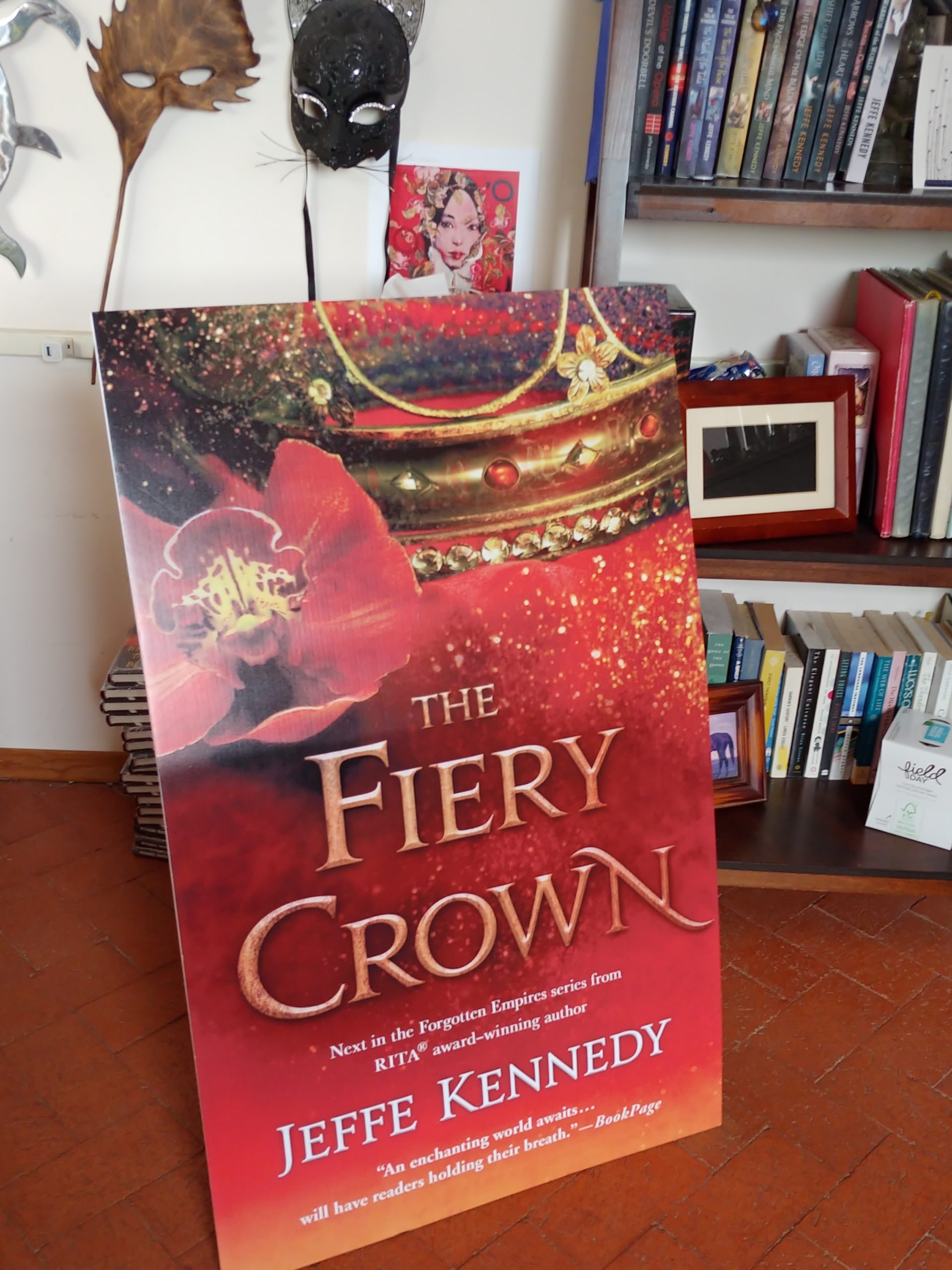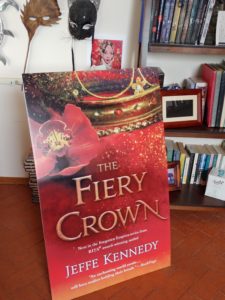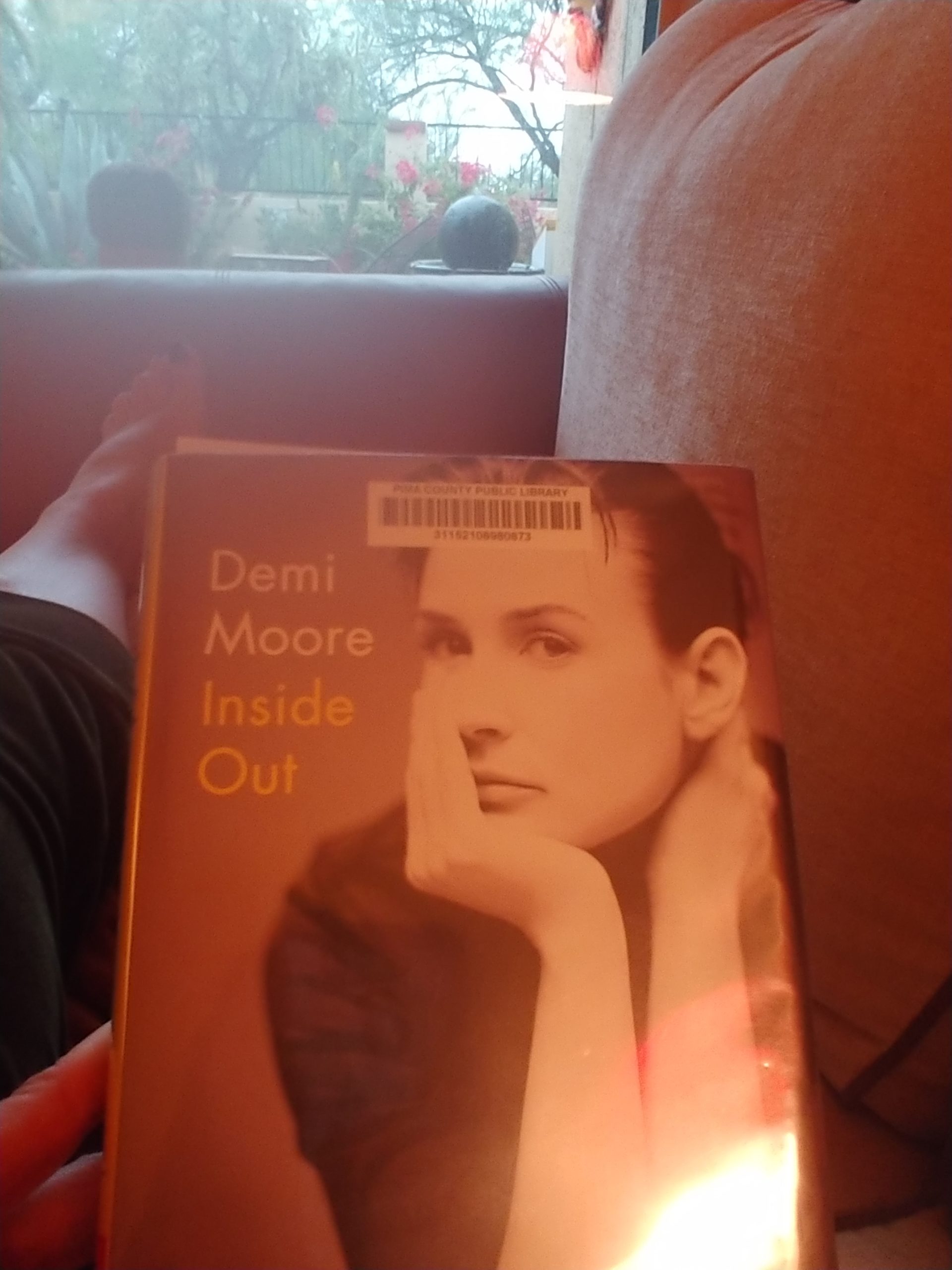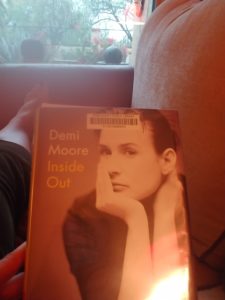Supporting creativity, creators, and their creations vs. demanding a product and how parasocial relationships have fostered a tension there. Self-love and self-care vs. self-indulgence. Also, I turned in AMONG THE THORNS!

RITA ® Award-Winning Author of Fantasy Romance
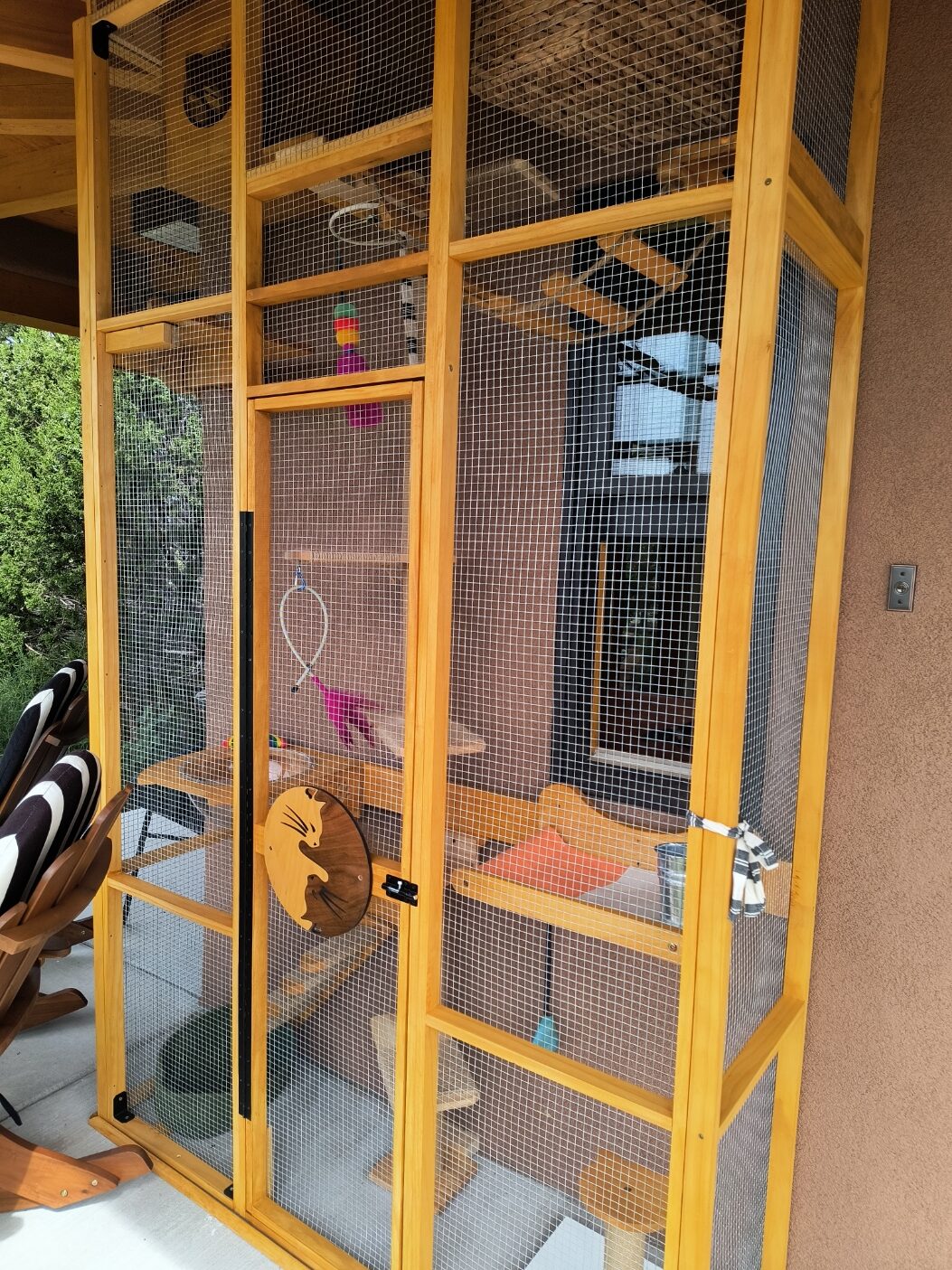
Supporting creativity, creators, and their creations vs. demanding a product and how parasocial relationships have fostered a tension there. Self-love and self-care vs. self-indulgence. Also, I turned in AMONG THE THORNS!

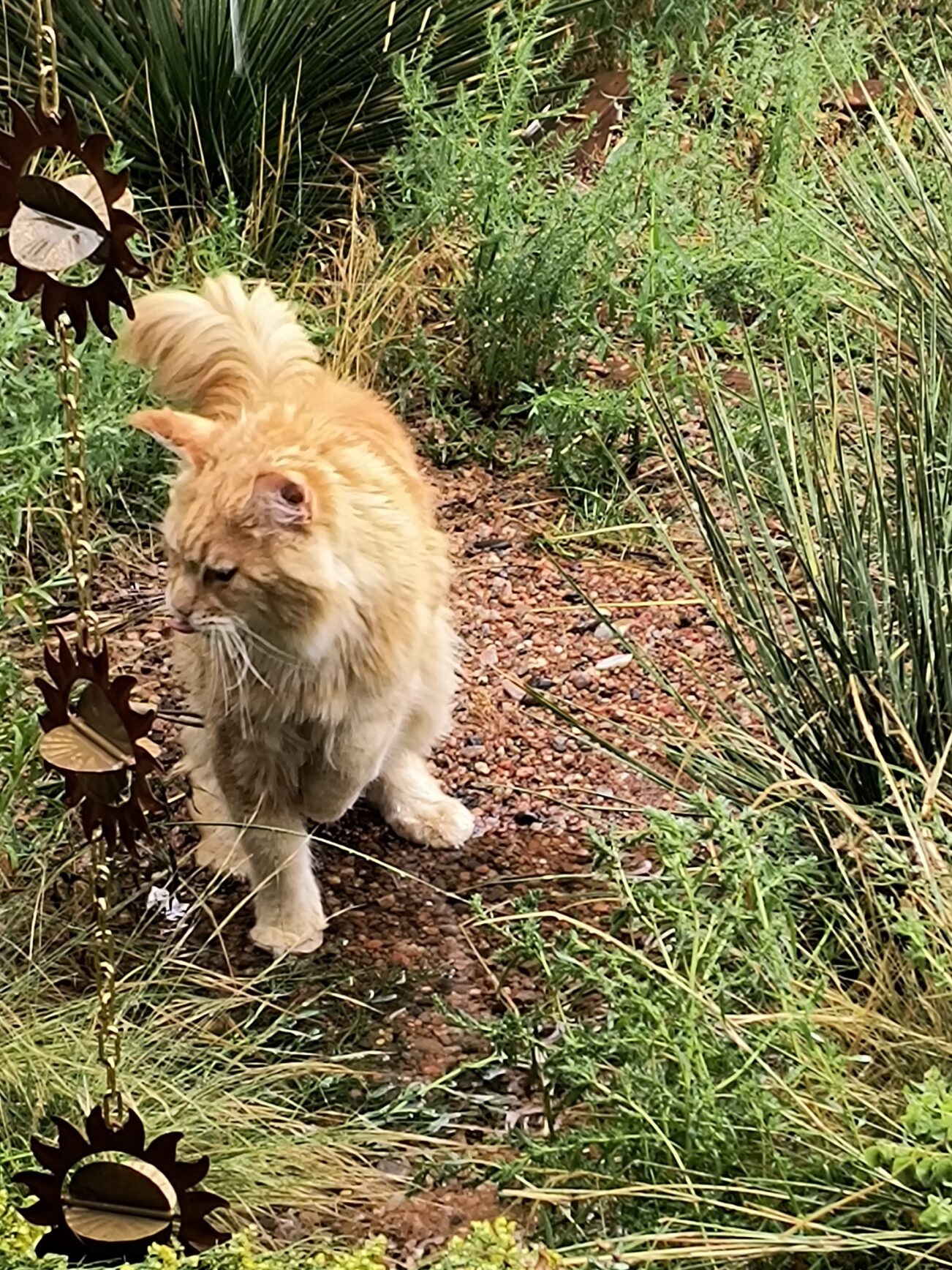
How endings of books can’t be changed by simply lopping off final chapters and adding new ones – the story must point toward the finale all the way through. Also, US politics to wade through at first, especially state vs fed rights.


The RELUCTANT WIZARD audiobook is available wide! Preorder NEVER THE ROSES at B&N for 35% off today only! Also, my editorial meeting, participation in VOW for Girls, and the unbearable loudness of casita-building.

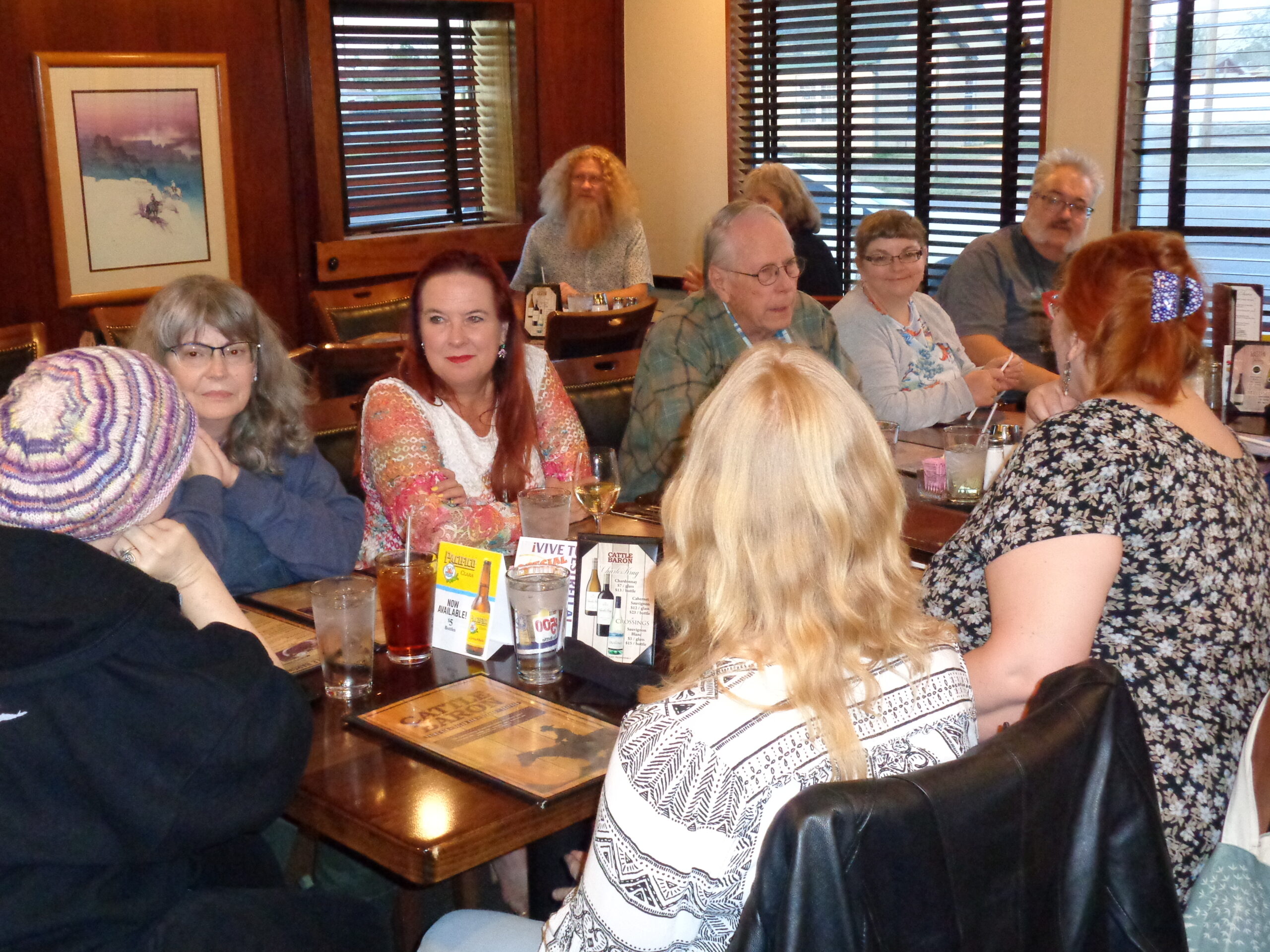

This week at the SFF Seven, we’re talking about our revision process.
I’m running behind, as I seem to eternally be doing these days, and posting this a day late, but I feel it’s important to talk about my revision process to dispel a huge myth about intuitive writers. I feel strongly enough about making this case that I’m using the term “Pantsing,” which I almost never use.
(As an aside, the reason I don’t like that term is that it comes from “to fly by the seat of your pants,” which implies a lack of control that I think comes from the pre-plotting end of the spectrum. Writing without outlining beforehand does not mean having no control of the story. It also doesn’t mean that intuitive writers don’t plot. All writers plot; otherwise there wouldn’t be a story. The difference lies in whether we determine the plot before writing or during it.)
A consistent message I hear from those espousing pre-plotting is that writing a book without creating an outline first leads to many blind alleys, cutting huge chunks of prose, and spending even longer on revision. While this can be true of some writers – which is fine! Figure out what your process is and own it, I always say – this is not true of me.
Intuitive writers like myself have often internalized story structure. We know how to write the novel without resorting to external guideposts like an outline. I also think that I draft faster by writing intuitively, by submersing myself in the creative flow of the subconscious. It takes me typically 55-60 working days to draft a novel of 90-100K words. Then I spend about 14 working days revising. I typically cut 1-2K words in revision and add ~10K.
Explaining everything I do in revision would take longer than I have in this blog post, but in essence, my process is this:
And that’s all she (I) wrote!
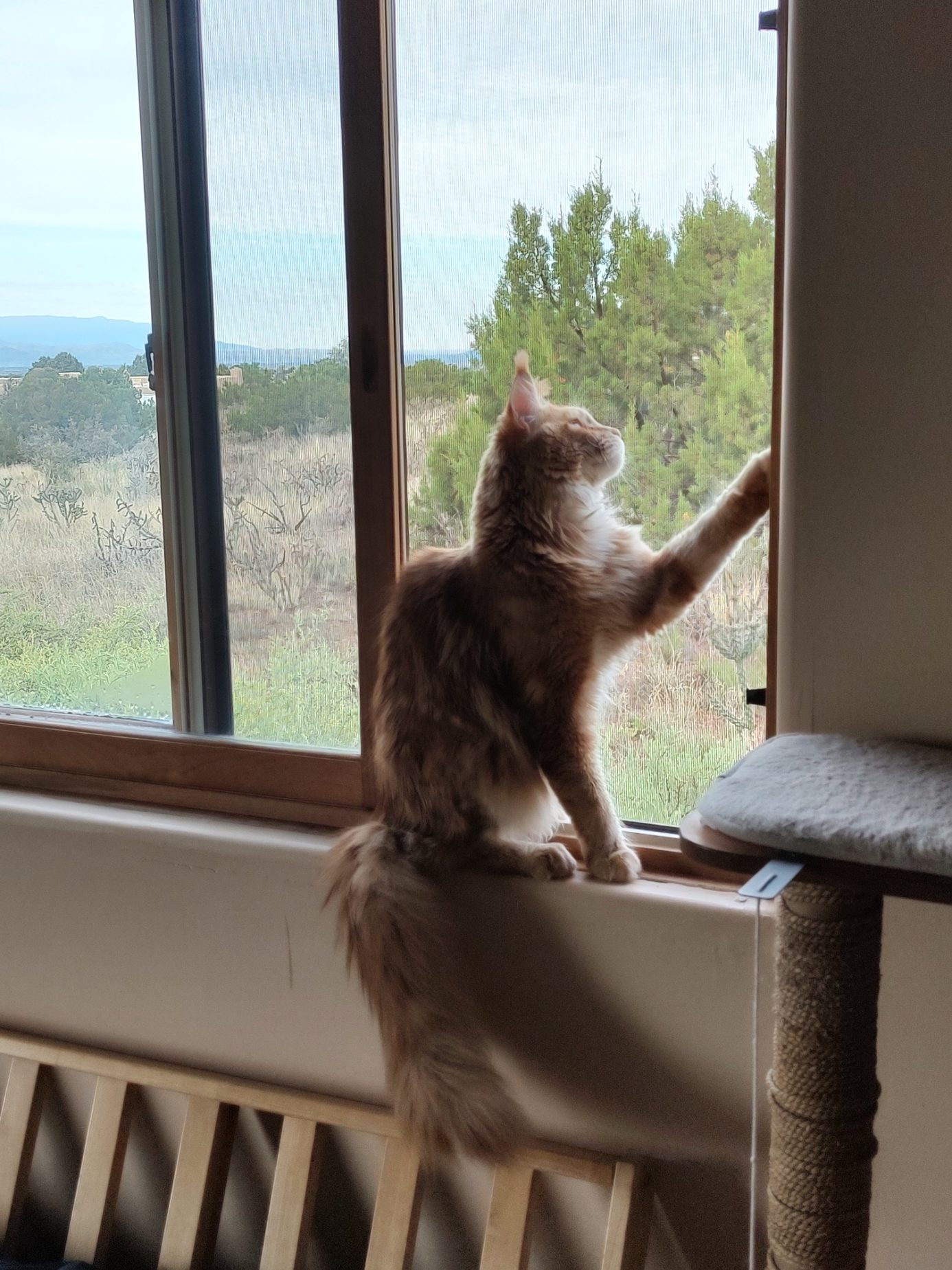
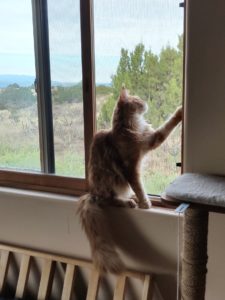
This week at the SFF Seven, we’re talking about Managing Word Count. Do we rewrite to hit a certain number? Do we have a chapter/scene word allotment?
So, a lot of you know that one of my nicknames is the Meticulous Volcano. This comes from me being born on the Leo/Virgo cusp, which a friend informed me makes me a meticulous volcano and they’re not wrong. I really am half and half – and this shows up in many ways. Yes, I have the passionate Leo nature, but I’m also the detail-oriented lover of spreadsheets. In my writing, this manifests in my total, far-end gardener/pantser/write for discovery process, which I track down to the tiniest detail, with charts.
Do I have a chapter/scene word allotment? Yes, I do. It varies from book to book – something I land on intuitively – with some books and series running to longer chapters and some to shorter. The shortest chapters, which creates a brisker pace, are generally about 6-7 pages long, or about 1,700 words. Longer chapters give a more epic feel, a more luxurious pace, and can be as long as 23 pages (my record) and about 7K words long. On average, however, I keep longer chapters to around 16 pages or 4,500 words.
For scenes, I follow the 3-Act 8-scene structure, which looks like this:
| Act 1 | Scene 1 | 12.5% | Initial set-up, establishing shot, life before | |
| Act 1 climax | Scene 2 | 25.0% | All stakes are set | |
| Act 2 | Scene 3 | 37.5% | ||
| Midpoint | Scene 4 | 50.0% | Midpoint pivot | |
| Scene 5 | 62.5% | |||
| Act 2 climax | Scene 6 | 75.0% | All is lost | |
| Scene 7 | 87.5% | often the same as Act III climax | ||
| Act 3 climax | 90.0% | Final climax | ||
| Scene 8 | 100.0% | Denouement, life after | ||
Mostly I use this structure as a series of guideposts, to know where I am as I write the book, which is always linear, from beginning to end. And this helps me to predict when I’ll finish. Once I have Scene 1 complete, I can predict the final word count (8 times the word count of Scene 1). This number is solidified once I have Act 1 in place. Generally my books are 85K – 120K words long, so how long the individual segments are varies from about 11K to 15K words.
In truth, “segment” is probably a better word than “scene,” as applies to my novels. This structure is from screenwriting, so scenes can be more or less a single sequence. For me, a scene in this context is a contiguous segment of the story, one where a particular mini-arc is begun and completed.
As for rewriting to tighten the shape? Sometimes I do that. Usually not. I often worry that some segment will bulge out and need trimming, but it usually is fine by the end. Sometimes I break up chapters or trim parts that go on too long. Mostly I let the numbers be a loose guideline and I decided intuitively how to edit.


Yesterday I took Kelly Robson on the mandatory-for-all-creatives pilgrimage to see Georgia O’Keeffe’s home and studio. This was my fourth time and as shimmeringly inspirational as the first time.
Our topic at the SFF Seven this week is how to avoid writing repetitive scenes.
I confess not much springs to my mind on this topic, probably because I’m much more of an intuitive writer than an analytical one. Even in revision – arguably the most analytical phase of my process – I don’t pay a lot of attention to whether scenes are repetitive. I do notice repetitive information, or emotional exchanges that have happened before. But so far as analyzing for goal, motivation, and conflict (GMC) – which is where this topic seems to have sprung from, regarding questions to ask to cull out repetitive scenes – that’s just not how I think about story.
So, how DO I avoid repetitive scenes? I think it helps that I’m a linear writer. I write from beginning to end and thus the story trajectory is always in my mind. That’s part of holding the thread to me.
It also helps to approach the story from a character-driven perspective. This is part of what people are getting at with GMC – it’s an analytical lens on character. If you’re an intuitive writer, like me, you’ll want to be in the flow of the character’s thoughts, emotions, and personal journey. Sometimes they might regress, as our growth isn’t always linear, but those steps back before the moving forward again can be important to the story.
Finally, probably the most analytical I get, I look at each scene as I’m revising and pay attention to what it’s accomplishing in the overall story. What aspects of the plot is it advancing? What questions are being asked and answered in the scene? How does this deepen or strain the relationships between the characters. Occasionally I’ll have two scenes doing more or less the same thing, and then I might consolidate them – or tweak the later one to be adding something new and different.
One thing I think is really important to keep in mind – especially in the face of the GMC/analytical types, who tend toward making a clean (and therefore somewhat sterile) formula for the story structure, to my thinking – is that not every scene has to “advance the story.” This is especially true in genre writing/escapist fiction where some of the story is there for the sheer joy of it. There is nothing wrong with having parts of the story exist entirely for sensual delight. Even in the most rollicking plot, we sometimes need a bubble of space to breathe, to relax a moment, for the characters to remember what they’re fighting for.
In fact, don’t we all?




